Camping is a great way to bond with friends and family while also getting the opportunity to enjoy the great outdoors. Getting in touch with nature can be great for the body, and it can also be great for the soul. It can also give you a new sense of appreciation for the planet we occupy.
If you aren’t a regular camper, you may feel unsure as to how to set up your campsite. Even worse, you might make a mistake that makes your camping experience somewhat of a calamity. To help prepare you, we’ve taken the time to put together some useful tips for setting up your campsite.
Car Camping V Hiking-In
Generally speaking, there are two main types of camping: car camping and backpacking. With car camping, you have a lot more space to store things. You can bring more food and luxuries with you. You’re also able to reach civilization quickly and easily in the case of an emergency.
The downside is, however, that you are restricted to campsites that your vehicle can reach. Largely this means sticking to designated campsites, although, you can try your hand at boondocking.
With backpacking, you have much more limited space. Meaning, you’ll have to be very picky about the items you choose to bring with you on your trip. This will tend to mean leaving more “luxury” items at home and focusing on bringing just the “necessities”.
However, you will have the freedom to explore much more territory than car camping. The ability to pitch your campsite in more pristine undisturbed areas.
Whichever is your preferred method of camping, there are some common guidelines of how best to set up a campsite, as well as some more subtle differences.
How to Select Your Site
Before you even step out into the wild, you’ll need to do some homework, as picking the right campsite is key.
Research the Area
Any boy scout will tell you that it’s super important to be prepared. In order to be prepared, you should research the area you will be enjoying.
For car camping, this can be as simple as checking out campsite review sites to get an idea of what amenities are available, and how other campers rated them. If you are planning on doing some dispersed camping on public lands, then you can find out more info on prospective campsites on the web via:
- State or local authorities’ websites (or contact them directly)
- Motor Vehicle Use Maps Database
- User-curated websites such as Campendium.
Backpackers need to be a little more diligent in their research and in addition to checking out online forums, trip reports, state/local authorities’ websites they MUST also get (paper) copies of good topographic maps.
Always try and camp at existing campsites in popular frontcountry and backcountry areas. If however, you are camping in pristine areas, disperse your campsite to prevent damage to nature as much as possible. Particularly avoid areas where human impact is just beginning to show.
High and Level Ground
Typically, regulated websites will have premarked pitch areas but for dispersed campsites or backpacking then there’s a popular saying in camping that tells people to go “high and dry”.
This means that you want to pick a camping location that is relatively higher than the nearby surroundings. This is to stop you and your items from getting wet in the case of heavy rains, flash floods (or unusually high tides). While the beach or river may be beautiful, look for something a little more elevated.
Another thing to consider when picking a campsite is how level the ground is. If the ground isn’t level, the tent (and you) won’t be level. This can make for an extremely uncomfortable night of little sleep. Also, watch out for falling on a dark trip to the restroom if the ground is extremely uneven.
In some cases, the ground may be entirely uneven, and you have little choice but to use it. In this case, contrary to popular belief, set up your tent perpendicular to the angle of the slope and stuff clothes and gear under the low side of your pad to level it.
Water Sources
While camping directly next to a river or lake can make for a stunningly beautiful view from your tent awning, you’ll be breaking one of the cardinal rules of Leave No Trace.
Water is a hugely important resource, not just for thirsty backpackers but for the ecosystem at large. To keep it as pristine as possible, leave no trace ethics stipulate you should camp no closer than 200ft from lakes, rivers or streams.
Setting Up Camp
Once you’ve arrived at your campsite, it’s time to pitch your tent and relax in your home for the night. However, before you rush into it, there are a few more things to consider.
Typically we divide a campsite into four discrete areas:
- Sleeping Area
- Communal Cooking/Eating Area
- Food Storage Area
- Trash/Waste Disposal Areas
Sleeping Area
Picking the perfect spot for your tent can help you sleep comfortably. Try and avoid pitching your tent in an area with a lot of direct sun exposure, or you may wake up in a sauna come morning. Finding a flat piece of ground with some shade is perfect. However, do not pitch your tent directly under dead tree branches, they are known as “widow makers” for a reason.
If the wind is going to be an issue, then place the entrance of the tent at 90 degrees to the prevailing wind direction to prevent draughts chilling you in the night.
You don’t want anything to pierce your tent’s footprint, so you make sure and remove all sticks, stones, and other sharp objects before you lay your tent out.
Cooking & Eating Area
Camping just isn’t camping without the camp food. Whether you cook with a stove or over an open fire your cooking area will typically also become a social focus point during your trip.
If you are creating and using fire to cook, this comes with a huge responsibility – fire can (and sadly, does) cause vast damage to our national parks and forests every year. Start by looking for signs of a previous fire pit. If there isn’t one then clear a space of all debris a safe distance away from your tent.
After you picked a spot, create a little hollow by digging out some earth and then place a ring of large stones in a circle. Place (and keep) all your firewood inside this ring and never start a fire without knowing how you are going to extinguish it. Lastly, always make sure a fire is completely out and try to remove any evidence there ever was one before packing up your campsite.
If you are planning on cooking with camp stoves, then you can set up a separate shelter (tarp or canopy) to protect you from the worst of the elements. However, never cook in a completely enclosed tent – always ensure that canister/propane stoves have adequate ventilation.
Food Storage Area
How you handle your food is extremely important since mismanaged food can attract unwanted guests. Raccoons and bears may look cute from a distance, but they are much more intense up close. Don’t give them an invitation to your camp site by leaving dinner out for them.
All food should be properly stored in sealed containers. Only bring food out when you plan to eat it and when you are done, the unused food should be immediately returned to its sealed container. Any leftover scraps should not be thrown away and should also be put in sealed containers until you can dispose of it safely.
If you are car camping, we would highly recommend keeping your food containers in your vehicle. Backpackers in bear country should either learn how to hang a bear bag or should store their food in a bear canister and place it a safe distance from their tent. Keeping your food with you in your tent is just asking for trouble.
Trash and Waste Disposal “Area”
As a camper, you have the privilege of seeing the planet in a natural state, untouched by the hands of man. When you leave, you should ensure that the entire area still appears as pristine as when you first came across it.
While “do not litter” should be an obvious mandate, the amount of trash we encounter in the backcountry suggests that more people need to get the message. If you “pack it in”, then you should ensure you “pack it out”.
A little preparation at home can greatly help reduce the amount of trash that ends up in our wilderness areas. Plan your meals ahead of your trip, precook, premix, remove excess packaging and place in containers.
As you still will likely generate some trash, no matter how careful your preparation, then we recommend collecting it in a sealed container (rather than a plastic garbage bag) and keep it near your food storage area (i.e. away from your sleeping area).
Lastly, the problem of (human) waste disposal. If you are camping at a rather plush campsite with working lavatories, then no problem…just head over whenever you feel the need. Those car campers who are boondocking but don’t like to skimp on comfort could set up a “bathroom” tent with a chemical toilet in it.
For everyone else, then answering the call of nature, will have to take place, actually in nature. To state the obvious, make sure to retire to a safe distance from your campsite, at least 200ft).
Going close to your campsite is not only unsanitary, but wild animals may drop by for a sniff and a dig. In addition to veering clear of your campsite, make sure you don’t contaminate any water sources by staying at least 200ft clear of them also.
Urinate directly on the ground, not on a tree to 1) prevent splash back and 2) animals may dig and damage any tree you pee on. If you need to go number two, then you’ll want to dig a small hole in the ground called a cathole. This hole should be at least 7-8 inches deep. Once you’ve done your business, then refill the cathole and (if available) place a decent size rock on top of it to discourage digging animals (or other campers) from finding your doo-doo.
When it comes to toilet paper, there are three schools of thought; 1) burn it, 2) bury it or 3) pack it out. Number 3 is really the most LNT inclined, and we’d recommend bringing a thick resealable plastic bag specifically for this job.
[jbio template=”bootbomb0″]

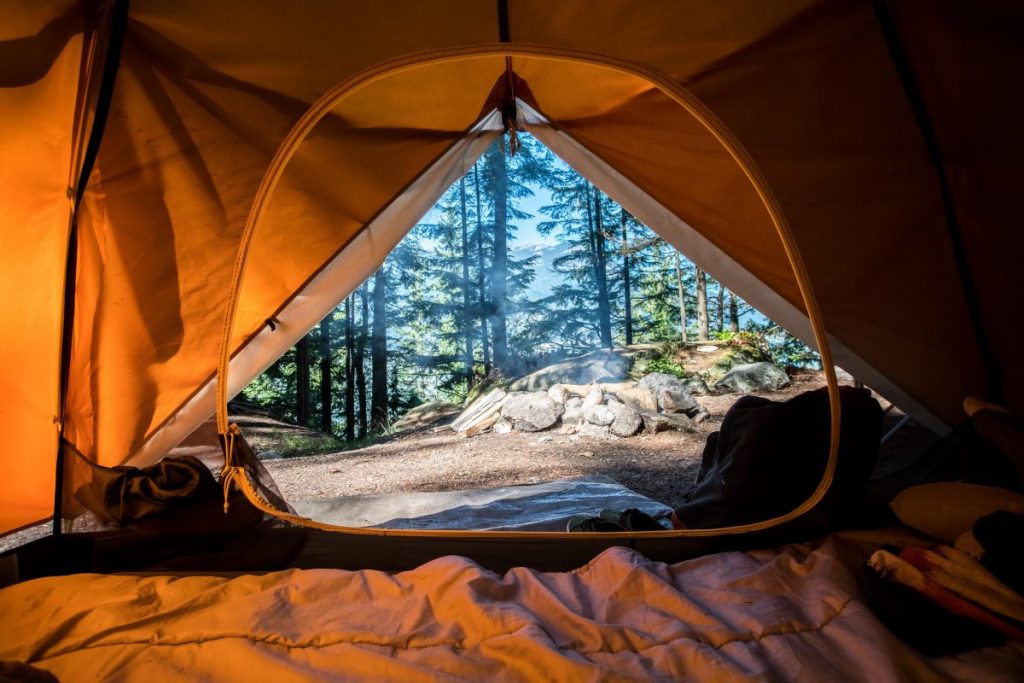

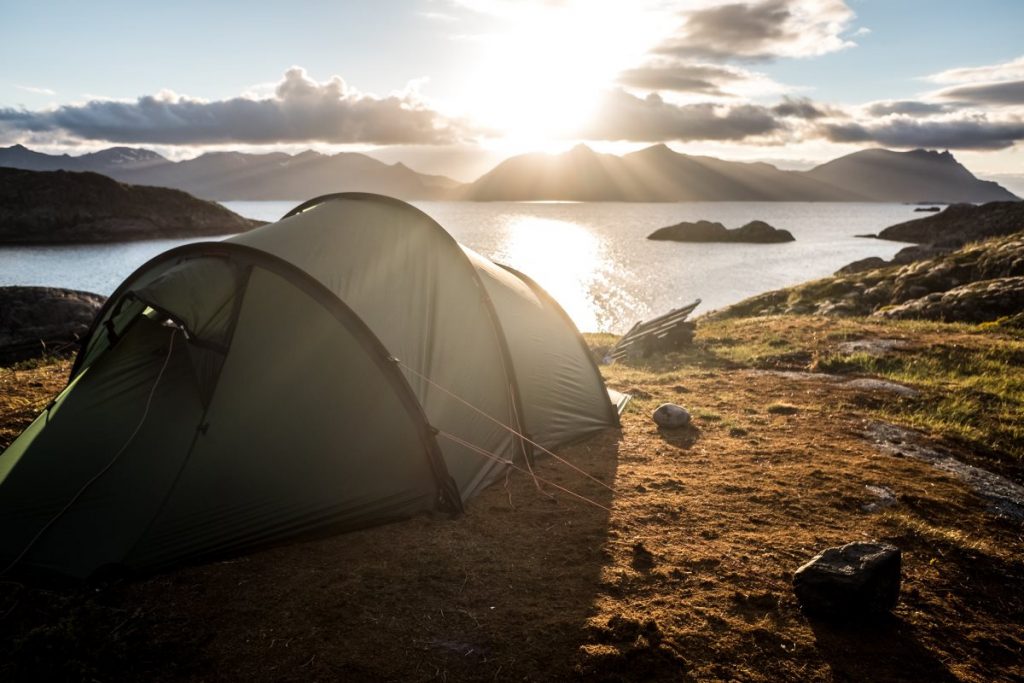
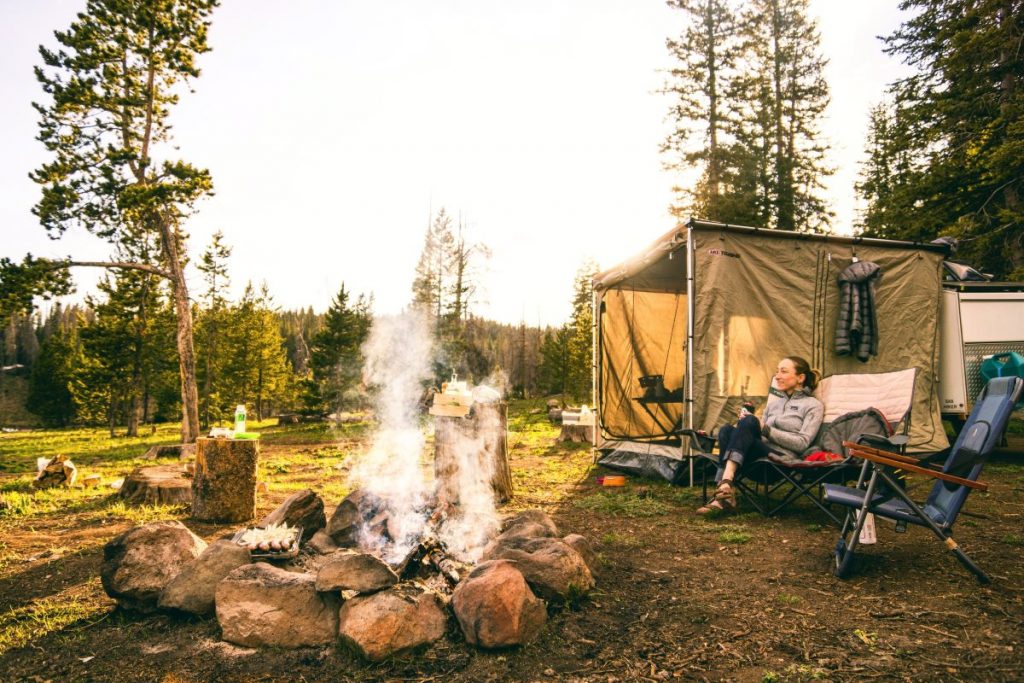
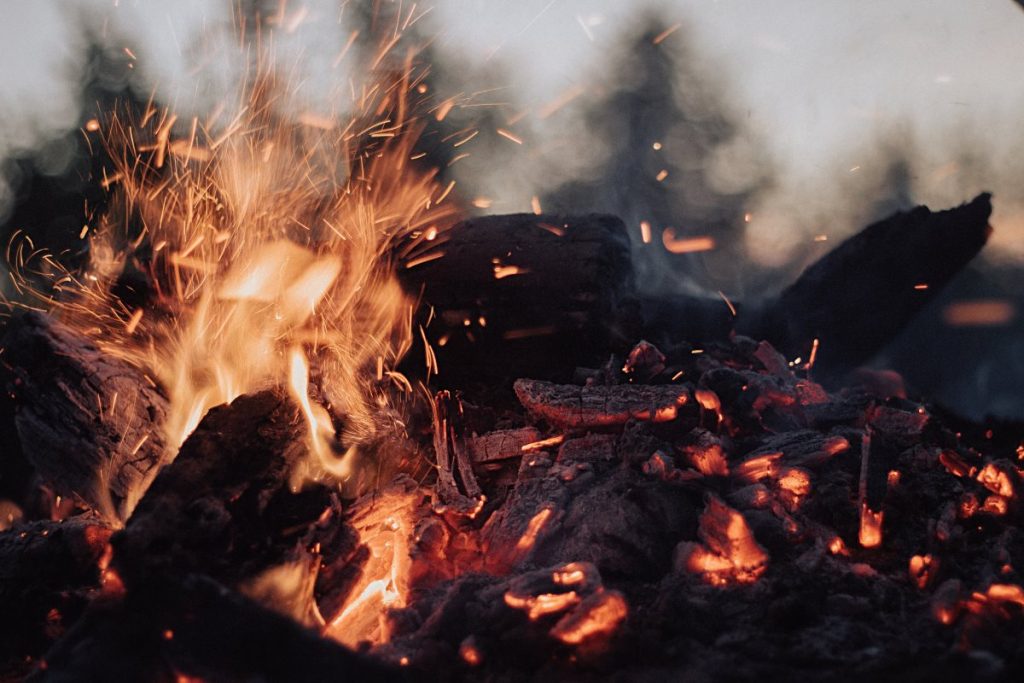
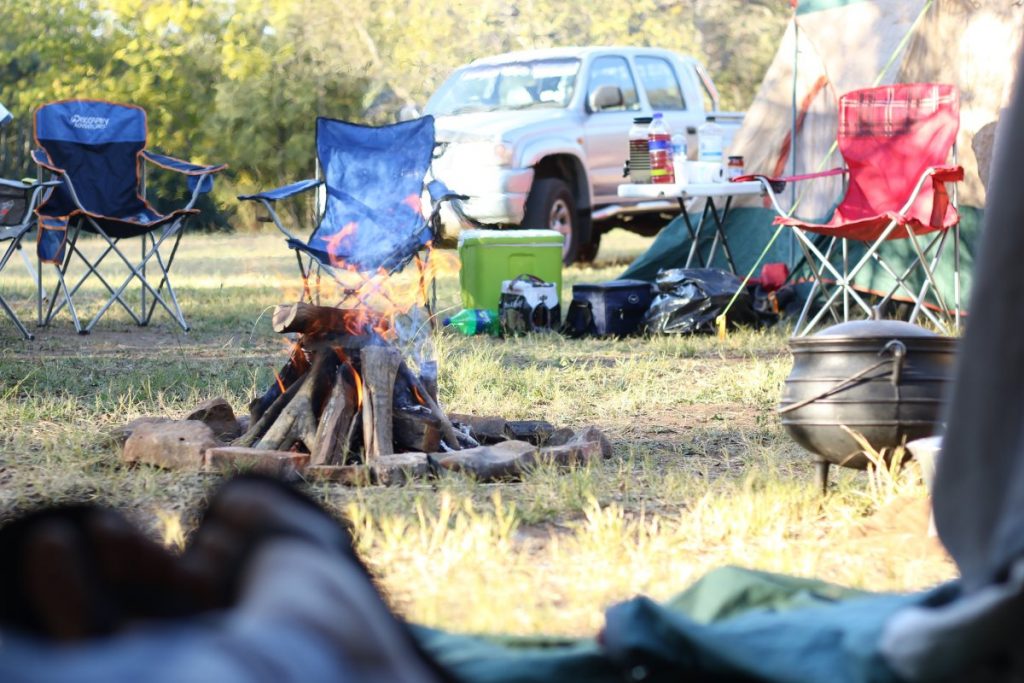
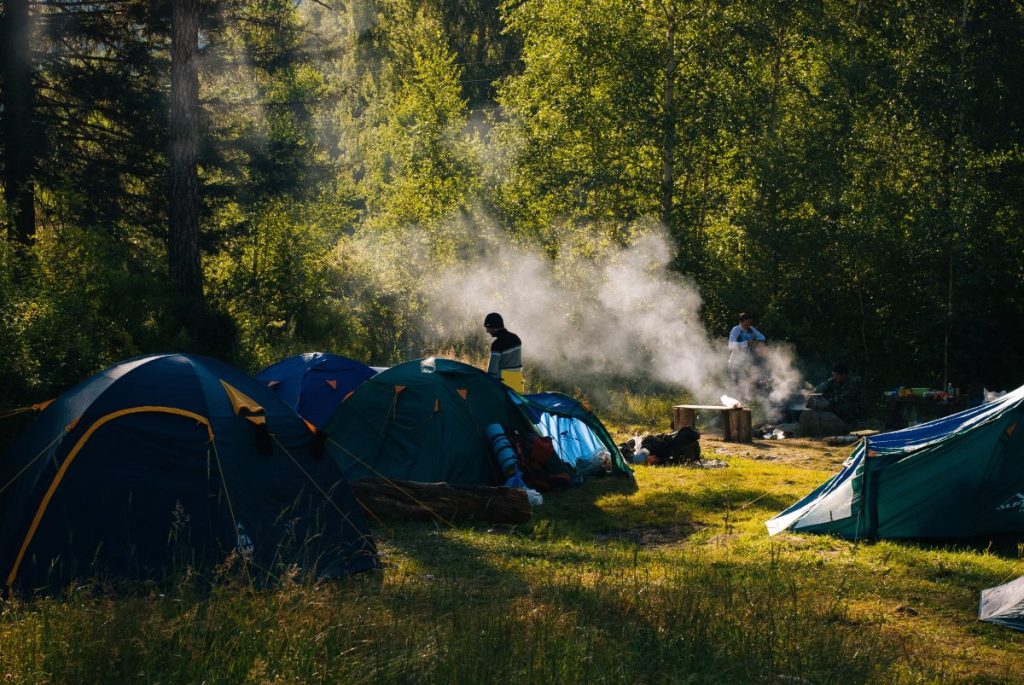
0 comments